Resident Evil has been one of the most inspirational videogame franchises throughout gaming. From its clunky tank control era to its pioneering of the over-the-shoulder camera, each era and title across its rich history has inspired a wealth of game creators over the past few decades. However, when it comes to smaller projects, especially those crafted by a single developer, the original Resident Evil has been one to be emulated the most, especially given the far more simplistic nature of its presentation.
Alisa: Developer’s Cut wears its inspirations on its sleeves, a title that feels like a time capsule of its era. From its presentation to its audio to the way you move around its creepy and pre-rendered backgrounds, developer Casper Croes has gone to great lengths to ensure the experience is as authentic as possible. In fact, the execution here is so spot on that it also comes with a great deal of the issues that plagued that era. While many of these were due to limitations on the tech, here, it is purposeful to maintain the feel of those games, for better and for worse.
Alisa: Developer’s Cut takes place in the 1920s as you take on the role of an Elite Royal Agent named Alisa. As she is in pursuit of a dangerous criminal, she races through the forest outside of a small village to capture him. However, this encounter doesn’t go as planned as Alisa is defeated by a small cropping of strange monsters and blacks out. When Alisa comes to, she finds herself a captive in a strange mansion, outfitted in an equally strange doll-like dress and once she finds a gun, attempts to escape.
This plan places Alisa in the direct path of numerous enemies and intricate puzzles, all designed to kill or stop Alisa from venturing too deep into its world. From creepy dolls on tricycles to clowns and ghosts that leap from the ceiling or stalk you in the hallways, the mood here is impressive, even if the camera angles and aiming systems can often be your deadliest of foes. Again, this game is designed to invoke the era, warts and all, and it does a great job at doing that, should that be the type of experience you are looking for.
From the onset, you can choose standard tank controls or modern controls that work well enough, even if they have a few quirks that can make some simple movement between scenes a bit jarring. Tank controls work as advertised, but I still found myself adapting better to the modern controls as I rarely dip into the older survival horror games as late, leaving that type of control scheme behind more than a decade ago. Still, the option is there, so it is beneficial to try both and then settle on the control layout you feel works for you.
The overall aesthetic of the enemies you’ll face is largely in the shapes of dolls and clowns, complete with a circus environment that certainly came across as very creepy as I think it was intended. It also doesn’t help I have a weird fear of clowns. While the clowns here contain all the hallmarks of their use in horror, the dolls themselves are far more sinister with contorted figures and shambling animations as they stalk you. Many of your foes will be of varying heights, as some of the creepy dolls and clowns are knee-high, making aiming at them to be a tad more challenging, provided they don’t get stuck in the geometry and then allow you to simply shoot them. This was something that happened consistently, but I considered that a feature, not a bug.
Eventually, you’ll encounter the lady in black. You’ll see her first, of course, to build that tension. But the first chance you get to look away, she’ll disappear and eventually stalk you. While this emulates the Nemesis character from Resident Evil 3, and Mr. X, to a lesser degree, at least when taking in comparisons to the original games, this lady in black was remarkably glitchy for me. The first time I left the room she was in, she was attached to the door as I spawned in the hallway, killing me instantly. Another time she connected with me but I didn’t die, she just came along on my journey with me until I swapped to a new camera angle, and then she would kill me. This happened a few times, but not enough to anger me, it was far more funny, at least the second issue was at least.
While you’ll start with a pistol, you’ll eventually track down a rifle and more, giving you options on what to wield. You’ll also encounter a sword, should you want to conserve your ammo. Enemies drop “Toothwheels” which you’ll use as currency for an odd puppet that lives in the walls of the mansion and its grounds. Eventually, you have other shops that are also in the form of these puppets to procure more things. These merchants are where you’ll be able to stock up on healing items, ammo, new weapons, and being able to save, which is a service they provide and you bet they’ll charge you for it. You’ll also be able to purchase new outfits which each come with their own stats, perks, and style.
Due to being an authentic experience of what the game is trying to emulate, the feel of combat can still be a tad frustrating to pull off. You can activate an auto-aim of sorts, but all that does is provide a cursor that appears when your aimed gun will hit its target. I’ll admit, this system works and can allow you to kill enemies off-screen. While the act of aiming doesn’t feel great, if you look to approach each encounter smart, you can usually find the time and pacing to make combat work. In tight spaces and under the stress of a close-range attacker, combat can be a nightmare.
Given the genre, Alisa will also contend with a series of themed keys, collectibles, and solving an arrangement of puzzles. While some are simply a series of sliding tiles or moving objects around in the environment, none of them are too challenging and are usually fairly brief, existing simply as a means to break up the action.
Alisa aims to capture the era and part of that is ensuring the presentation is pixel-perfect. While the game doesn’t hold up to a modern lens, the care and attention to detail to capture that older era works well here. I do feel there are a few too many camera angle changes, especially during one particular boss encounter, but their annoyance is short-lived in the grand scheme of things as Alisa: Developer’s Cut will only take you about 5-6 hours should you keep to the main path.
While the game’s music is more or less fine, it’s the voice acting that really stood out. It’s a mixture of the campy dialogue we’ve heard before but has its own blend of personality with it. It was also a highlight to hear Suzi Spherehunter in the game as well, something that actually attracted me to the game in the first place. While her role is minimal, it was nonetheless a real treat.
Alisa: Developer’s Cut is the definitive version of the game that was released over two years ago on Steam. This version is the ideal way to experience it and is the only version found on consoles. I checked the game out on the Nintendo Switch and found it to run rather well with no noticeable issues either docked or portable.
This is a game that will have your expectations set if you understand what the game is trying to emulate. It’s not the best of these imitations, but it does enough well that I do still strongly recommend it to those yearning for that era of gaming to resurface. It can be a little clunky and suffer from a few decades-old annoyances, but it’s a true and honest love letter to a classic series that excels in its purpose.
Developer - Casper Croes. Publisher - Top Hat Studios Inc. Released - February 6th, 2024. Available On - Nintendo Switch, PlayStation 4/5, Xbox One/Series X/S, Mac, PC. Rated - (T) Suggestive Themes, Violence.
Platform Reviewed - Nintendo Switch OLED / Portable. Review Access - A review code for the game was provided by the publisher for the purpose of this


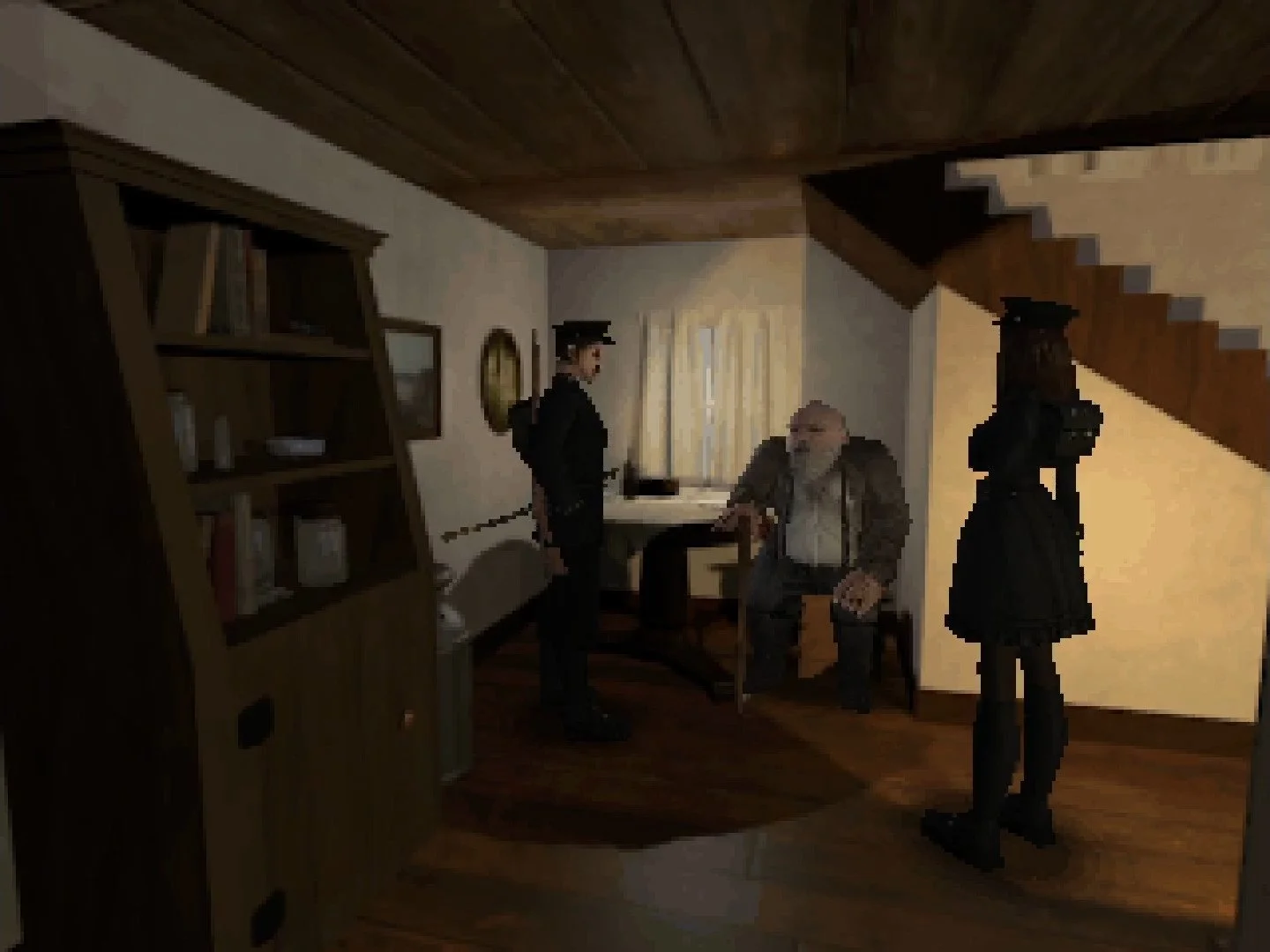
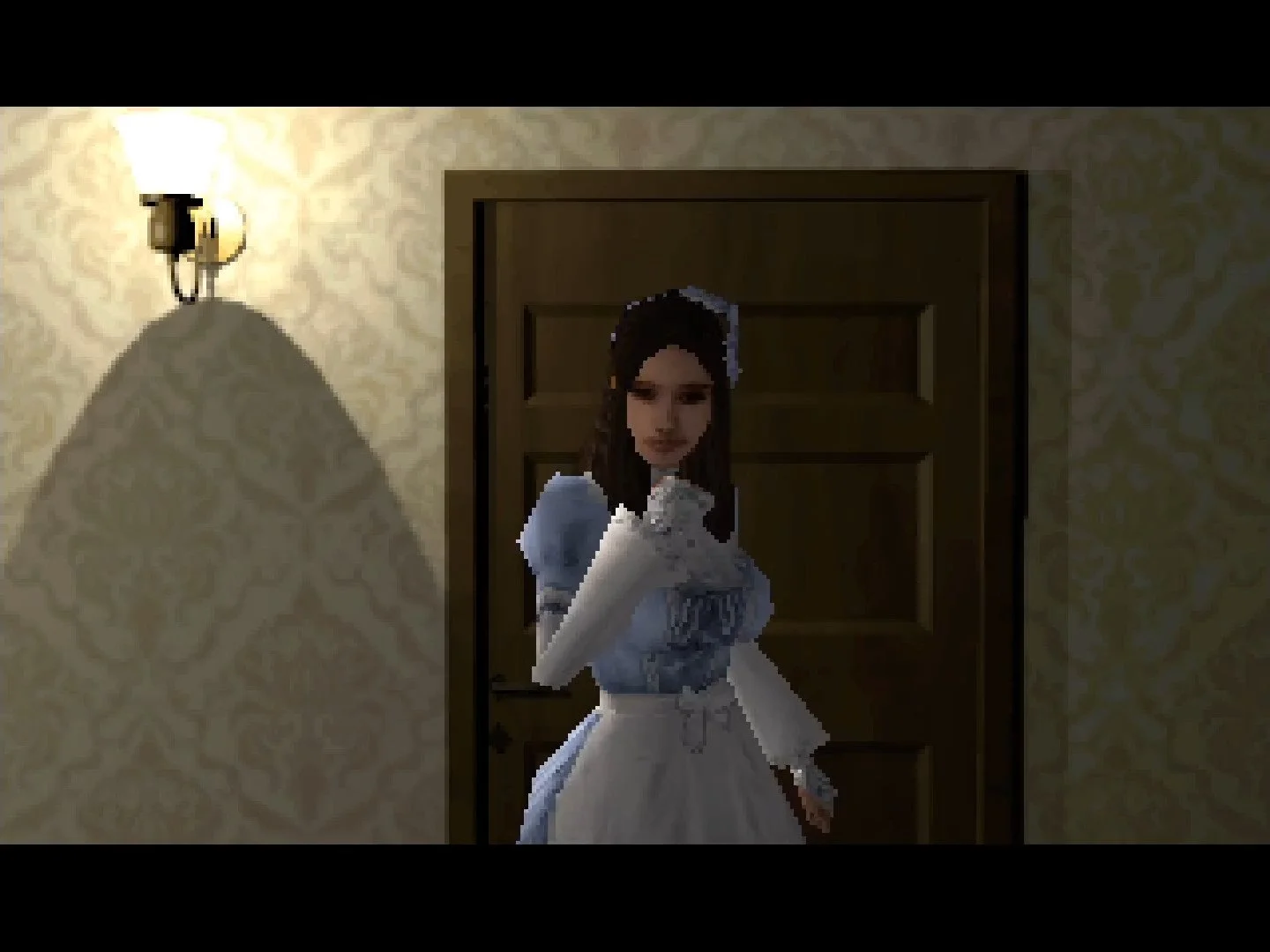

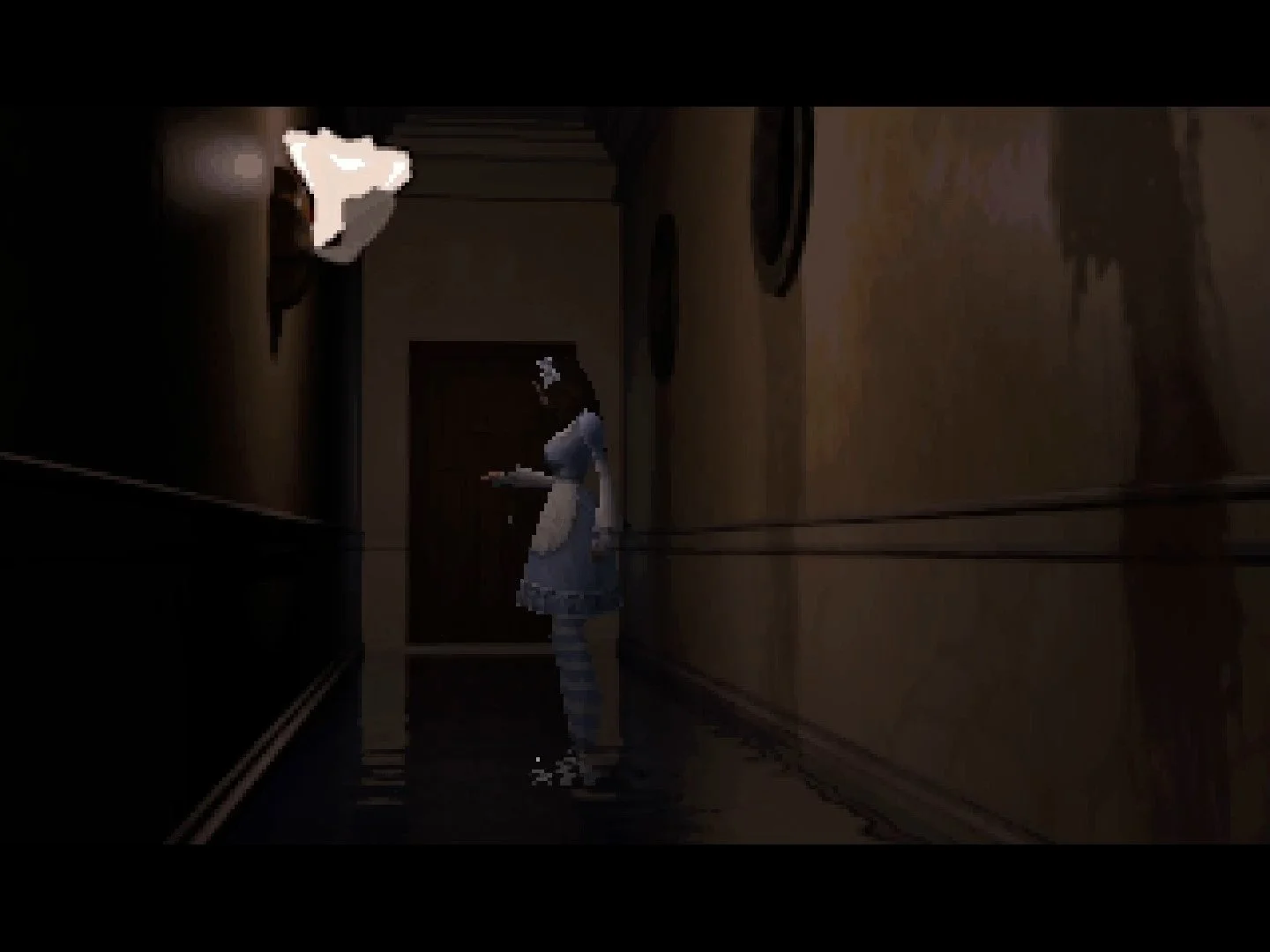
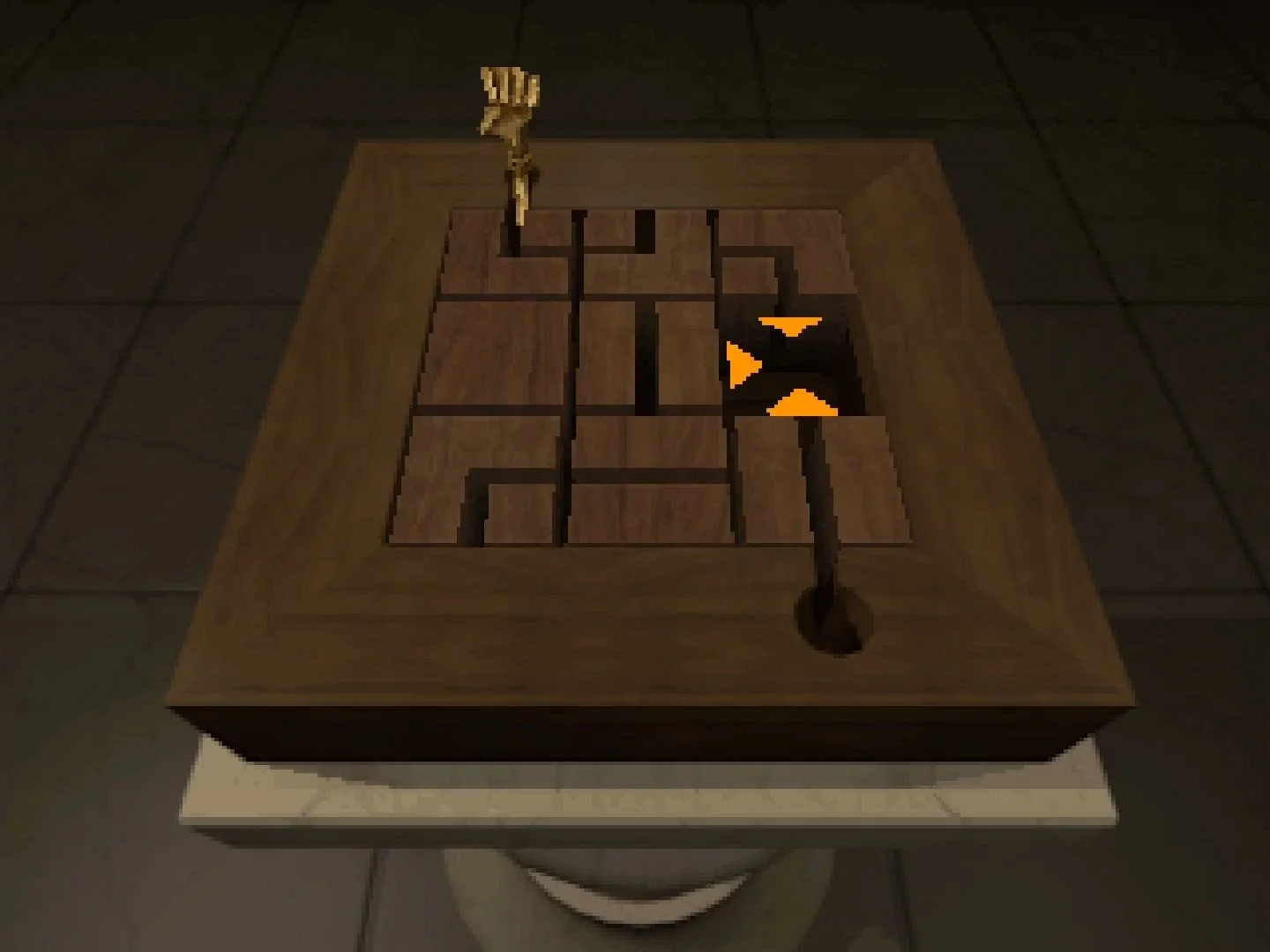
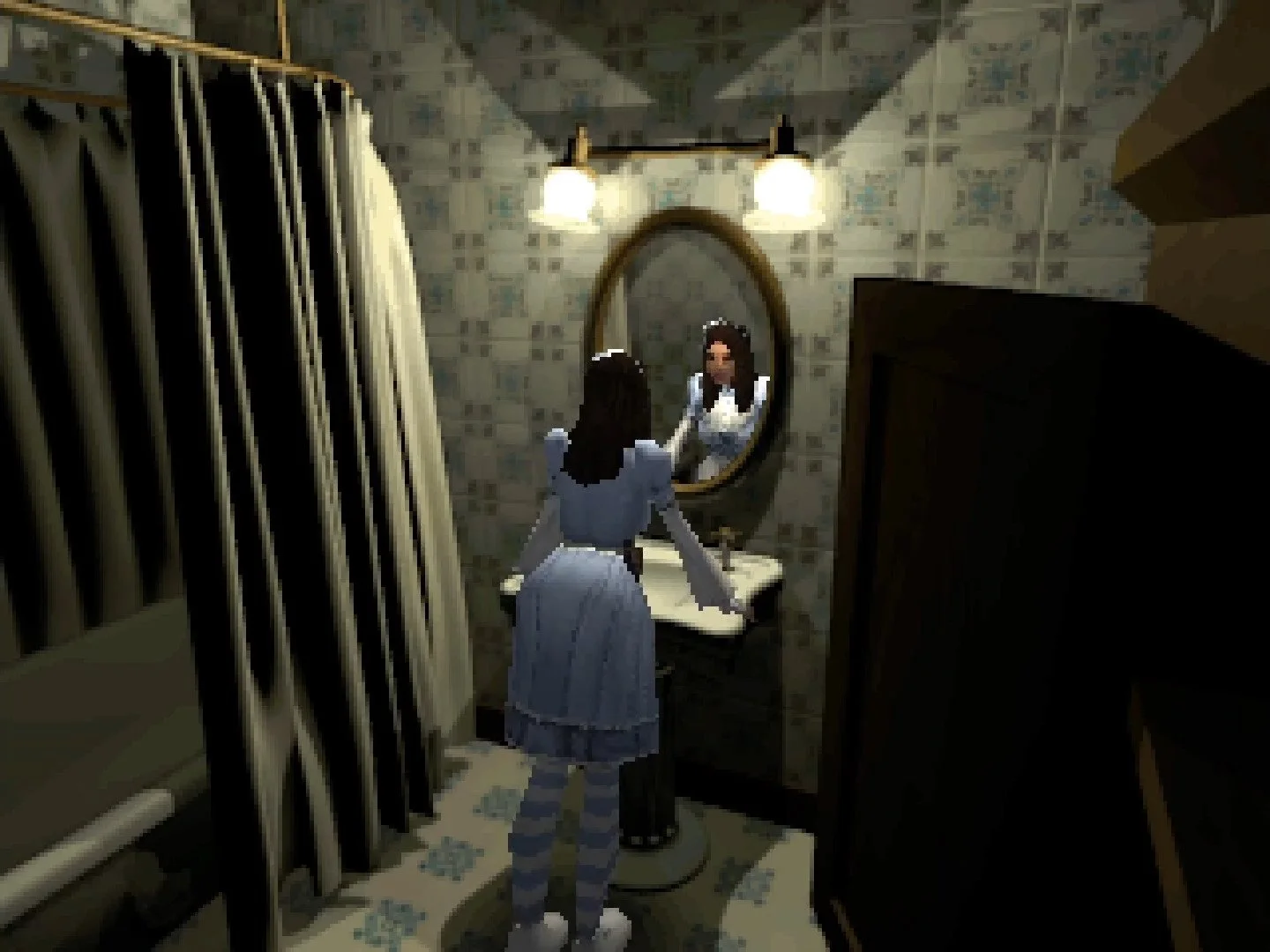







Jeff is the original founder of Analog Stick Gaming. His favorite games include The Witcher III, the Mass Effect Trilogy, Hi-Fi Rush, Stellar Blade, Hellbade: Senua’s Sacrifice, and the Legend of Heroes series, especially Trails of Cold Steel III & IV.